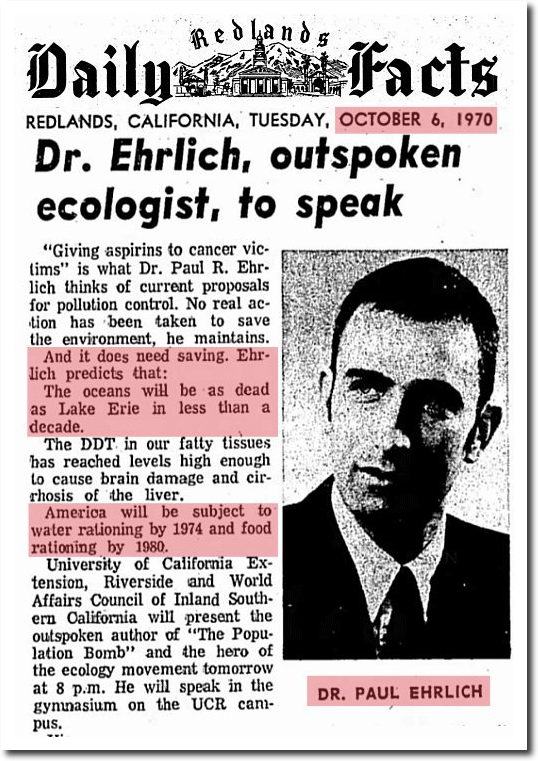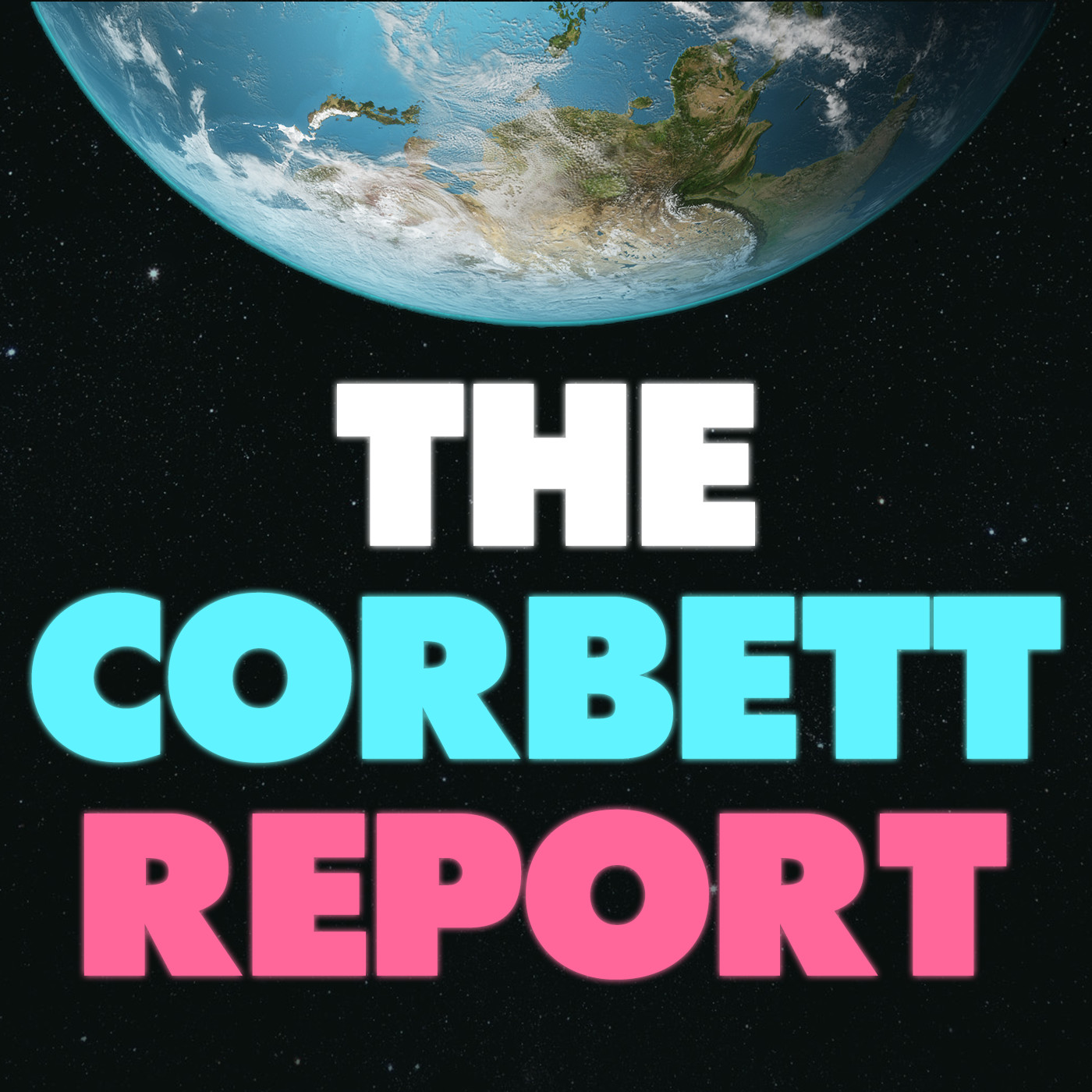Uncensored2008
Libertarian Radical
- Feb 8, 2011
- 110,434
- 39,503
Yep....I've watched in here for many years....
25,000 USMB members....about 5, maybe 6 take Crick seriously. We know who they are too!!
I have always found it fascinating that an ENVIRONMENT forum is dominated by climate skeptics.
A climate skeptic is just someone who's done research and applied critical thinking.










